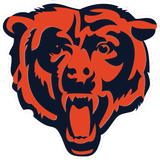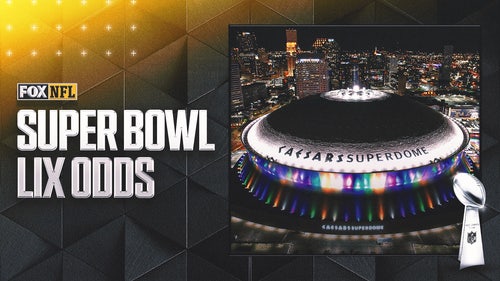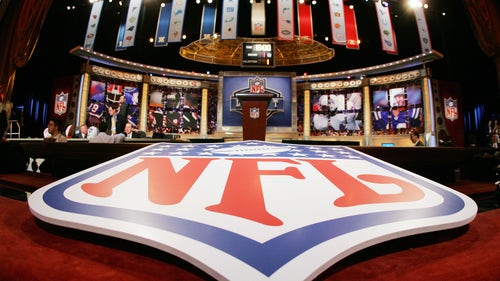
Has Jay Cutler thrown his last pass in the NFL?
No quarterback over the past 10 years has been a bigger tease than Jay Cutler. That may seem like a totally negative statement. It’s not. Not totally. To be a tease, you must have something that appears enticing. For Cutler, it’s his almost unparalleled arm strength, his uncanny feel for touch passes in the 18-25-yard range, and his athleticism, which is better than what first meets the eye. And despite his utterly unfair and unfounded reputation for being soft, he’s one of the league’s toughest QBs. Few passers man-up in the pocket better than he does.
The problem is that toughness doesn’t always keep you healthy. And here is where Cutler’s “yeah buts” roll in. He’s missed 25 games over the last seven years due to injury. Also, that arm strength can be the impetus to attempting throws that are too risky. Or, the arm strength can be sabotaged by sloppy mechanics, leading to inaccuracy.
Cutler’s flaws have been just spotty enough that coach after coach has believed they’ll soon disappear. But they haven’t, save for maybe 2015, when Cutler played for offensive coordinator Adam Gase, who committed strongly to a quick-strike passing game that engendered disciplined quarterbacking.

No other coach has channeled Cutler’s immense talent. And based on his current ongoing unemployment, it appears no other coach is willing to try. They see Cutler, who turns 34 next month, for what he really is: a supremely talented but ultimately unstable starting quarterback. Unfortunately for Cutler, 2017 is bearing no market for someone like this.
Cutler could be of a veteran QB who builds a bridge toward a team’s future, similar to Ryan Fitzpatrick, who has been a bridge for several years and is essentially a poor man’s Cutler. But, fair or unfair, Cutler’s reputation is one defined by surliness. Even if this is untrue—and many coaches I know who have had Cutler say it is—it’s a perception that has held long enough to shape his reality.
Teams would rather bridge with a quarterback whom they believe is invested in his future replacement’s success. That’s why the Jets just signed Cutler’s former backup, 37-year-old Josh McCown. He’s widely regarded as one of the NFL’s good guys. Plus, McCown’s traits are less extreme; he’s worse than Cutler at throwing the ball but better at protecting it. He is, in other words, a prototypical bridge QB.
Cutler is also facing a market with limited demand. With McCown now a Jet, only four teams have immediate needs at quarterback: San Francisco, Cleveland, Houston and Denver. The Niners can be ruled out; they are in the midst a long-term rebuilding project and just signed every 2016 Bears QB except Cutler (that’d be Brian Hoyer and Matt Barkley).

The Browns, staring down an even longer-term project, have their pick of any QB in this draft and can afford to play him sooner than later because the signings of guard Kevin Zeitler and center J.C. Tretter give them a formidable O-line. One complication, however, is that many feel none of the quarterbacks in this draft are equipped to play in 2017. But that’s where Cleveland’s younger incumbent backup, Cody Kessler, could step in. Or, if no other trade develops, their new overpriced backup, Brock Osweiler.
The Texans present the best opportunity, but they’ll likely make a run at the best available veteran QB, Tony Romo (whenever he actually becomes available). If that doesn’t happen, would GM Rick Smith and head coach Bill O’Brien consider signing Cutler to play opposite their Super Bowl caliber defense? Cutler certainly offers the most talent and experience after Romo. However, he’s never been a disciplined full-field reader, which doesn’t bode well for directing an expansive scheme such as O’Brien’s. A lot hinges on how the Texans truly feel about Tom Savage. He’s been in the system since 2014 and has an NFL-caliber arm. Does this outweigh the plusses of taking a risk with Cutler? The Texans brass has been with Savage every day—only they would know.
One young QB whom Cutler would likely not supplant is Trevor Siemian. The 2015 seventh-round pick was not the reason Denver’s offense struggled last year. (A deficient running game was.) The Broncos, like the Texans, have a Super Bowl-quality defense. But GM John Elway’s track record suggests that if he felt the offense needed a veteran QB to play opposite this D, he would have found one last year. (Instead he drafted Paxton Lynch in the first round.)
The writing is on the wall, and it says that if Cutler wants to continue his NFL career, it’ll have to be as a backup—at least in 2017. This introduces a whole other set of questions, the first being, Would Cutler even want this? The answer should be yes. Cutler is what he is. But he isn’t washed-up. If he can find a team that runs a system like Gase’s, which is both quick-timed and aggressive, he could be a short-term No. 2. In some cases, he might even be positioned to challenge a young, slower-developing QB for playing time. And if he signs a one-year deal, he can try the market again next year.
Cutler should be in no hurry to sign. With no good options available, he might as well wait and see if the landscape changes instead of rushing to become someone’s backup. (The Vikings learned last summer with Teddy Bridgewater that late job openings become available.) If it doesn’t change, at least Cutler will have had time to identify the least stable quarterback situations around the league. That’ll dictate where he goes, assuming he wants to.
This article originally appeared on










